For anyone needing to dig a hole through a slab of rock, the perfect tool to have at their disposal is a rock drill. This powerful machine can be powered in a variety of ways, such as via an engine that runs on gasoline, an electric motor, or even a hydraulic system. To ensure that it can do the job effectively, the drill itself has been fitted with a drill bit made from an incredibly tough material like tungsten carbide or diamond.
In the latter stages of the 19th century, a revolutionary type of instrument was created to aid in excavation – the rock drill. Leveraging air pressure, it generated consistent power to rotate its sharp bit and bore into rocks. These tools were utilized to make precarious yet necessary holes deep inside mines for blasting purposes.
In the dawn of the 20th century, electric-powered rock drilling technologies emerged. These cutting-edge mechanisms enabled excavation for diverse applications such as water wells, oil wells, and geothermal wells.
Pioneering advancement in the form of hydraulic rock drills emerged in the 1970s. Using a fuse of potent water pressure and a drill bit as its driving force, these cutting-edge tools have been employed to punctuate the earth for oil wells as well as geothermal installations.
Crafting precise holes in solid rock is no small feat, yet a rock drill can make short work of it. This powerhouse tool uses a drill bit made of tungsten carbide or diamond, connected to a drill steel, and can be powered by electricity, fuel-powered engines, or even hydraulic systems.
As the 19th century reached its final years, a groundbreaking invention came into the scene: the first rock drills. By utilizing compressed air, these inventors were able to power a piston that rapidly spun a drill bit in order to create holes for dynamiting in mines.Innovative and industrious, these early adopters of this device changed the mining industry forever.
During the beginning of that century, technology gave rise to electric-powered rock drills. This revolutionary apparatus was put to good use in the drilling of essential wells for oil, water, and geothermal purpose.
In the 1970s, human ingenuity resulted in the creation of hydraulic rock drills – drills empowered by a jet of water under immensely high pressure that propels the bit forward. These drills are extensively used to bore holes for both oil wells and geothermal wells.
Forging paths through solid stone, a rock drill is engineered to penetrate the most hardened surfaces. Leveraging the power of gasoline engines, electric motors, and hydraulic systems, this versatile tool ensures reliable performance – no matter the complexity of the challenge. The drill bit lies at the heart of a rock drill’s productivity; made of either tungsten carbide or diamond, it stands strong against any obstacle.
In the late 19th century, rock drills made their debut. These tools functioned by harnessing the power of compressed air, which drove a piston that in turn rotated the drill bit. By utilizing this mechanism, miners were able to chip out holes and carry out blasting in subterranean surrounds.
Early in the twentieth century, scientists innovated electric-powered rock drills. This groundbreaking technology was applied to make spaces for water wells, oil wells, and geothermal wells deep underground.
The invention of hydraulic rock drills in the 1970s revolutionized drilling processes. These tools employed waters under immense pressure to turn the drill bit and create holes for oil and geothermal wells.
The rock drill is a handy device designed to penetrate rock, using either a gasoline-powered engine, an electric motor, or hydraulic system. Each unit is fitted with a drill bit made from tough tungsten carbide or diamond for maximum efficiency. This bit is connected to the drill by a strong drill steel.
In the late 19th century, the invention of powered rock drills changed the way mines were constructed. These tools utilized compressed air to rotate a drill bit — a drive piston making it possible to create holes for blasting within the mine walls. Since then, this powerful device has been an essential part of mining operations.
At the dawn of the twentieth century, engineering ingenuity led to the advent of electric-powered rock drills. Through these devices, rotary drilling became possible for a range of purposes – from creating water wells, to digging for oil, to exploring geothermal depths.
In the 1970s a remarkable invention emerged: the hydraulic rock drill. This peculiar device was capable of using a concentrated jet of water to churn its way through mountainous terrain, opening pathways for oil and geothermal wells. Its impressive strength and ability to penetrate solid rock with precision made it a revolutionary construction tool.
To make holes in solid rock, a rock drill can be employed. Harnessing the force of a gasoline engine, an electric motor, or a hydraulic system, this tool is connected to a drill bit constructed from tungsten carbide or diamond via a drill steel.
In the late 1800s, the advent of rock drills saw miners delve deep beneath the earth with hefty drills operated by compressed air. This pressure drove a piston which spun the bit, permitting miners to burrow through solid rock and craft cavities ideal for blasting.
As the twentieth century dawned, advances in technology gave rise to electric-powered rock drills. These drills enabled resourceful individuals to make holes in the ground for all sorts of projects, such as water wells, oil wells, and geothermal wells.
During the 1970s, a new technology was realized – hydraulic rock drills. Utilizing a concentrated flow of water to propel the drill bit, hydraulic drills are now frequently employed for oil and geothermal well drilling.
A rock drill can bore holes into rock and is typically powered by gasoline engines, electric motors, or hydraulic systems. Tungsten carbide is used to construct drill bits which are connected to the drill via a drill steel. This allows for easy rotation as the bit uses torque to apply pressure.
Related Product

Cir Series Dth Bits(Low Pressure) Cir90-90
Down-the-hole (DTH) hammer bits are used with Down-the-hole hammers for drilling holes through a wide range of rock types. In conjunction with DTH hammers, drill hammer bits are de […]
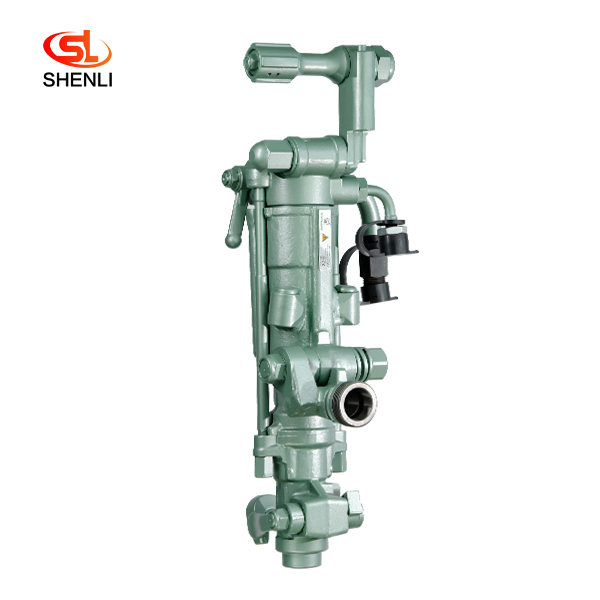
S250 Air Leg Pneumatic Rock Drill Pusher Leg Rock Drill
(S250 jackleg Drill) has been the preferred choice of miners who demand high performance, superior control and lasting reliability. the S250 jackleg allows operators to drill in co […]
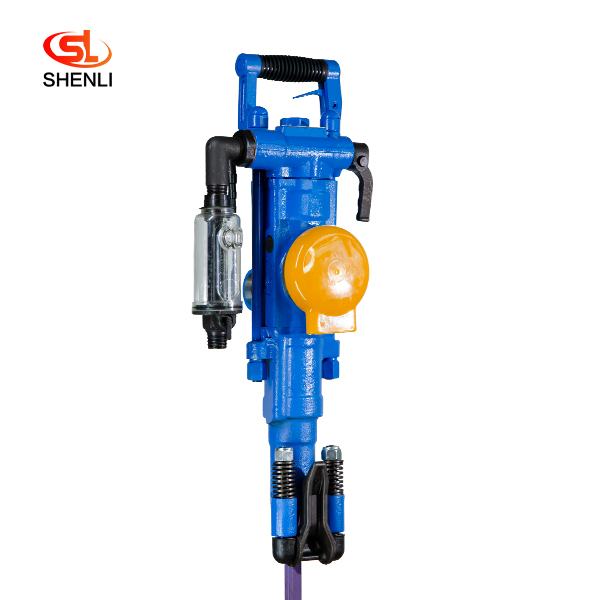
YT27 Air Leg Pneumatic Rock Drill Pusher Leg Rock Drill
The YT27 air-legged rock drill is a highly efficient lightweight rock drill suitable for downward or inclined drilling in medium-hard or hard (f=8 – 18) rock with a diameter […]
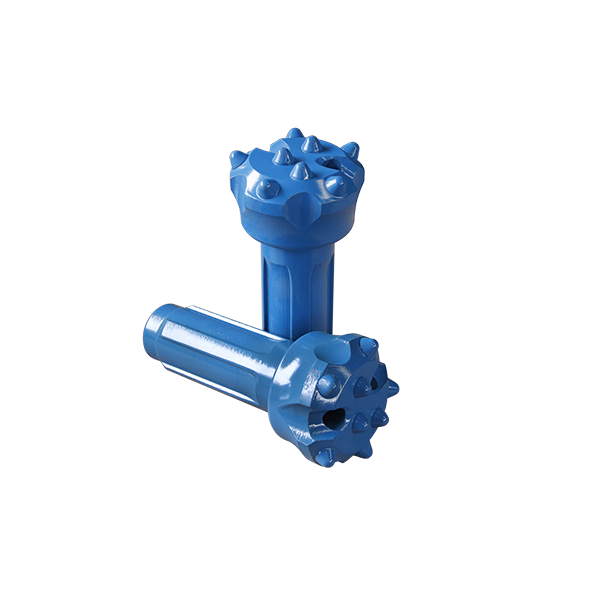
CIR Series DTH Bits(Low Pressure) CIR76-76
Down-the-hole (DTH) hammer bits are used with Down-the-hole hammers for drilling holes through a wide range of rock types. In conjunction with DTH hammers, drill hammer bits are de […]
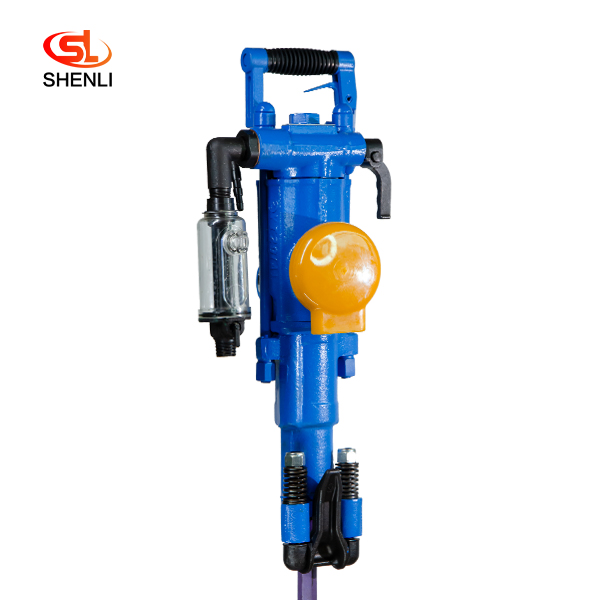
YT29A Air Leg Pneumatic Rock Drill Pusher Leg Rock Drill
YT29A air-legged rock drills are heavy-duty push-leg (air-legged) rock drills with low energy consumption, which are more suitable for drilling horizontal or inclined holes in medi […]
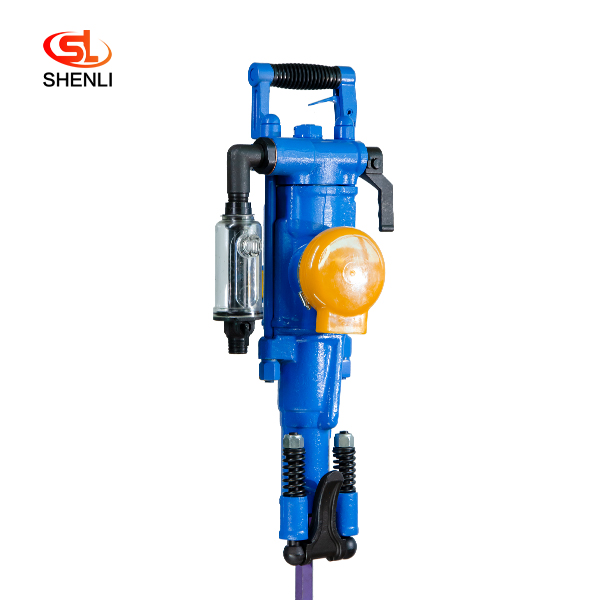
YT28 Air Leg Pneumatic Rock Drill Pusher Leg Rock Drill
The YT28 air-leg rock drill is a kind of high-efficiency, energy-saving and environmentally friendly rock drilling equipment. Compared with similar pneumatic products, the YT28 air […]
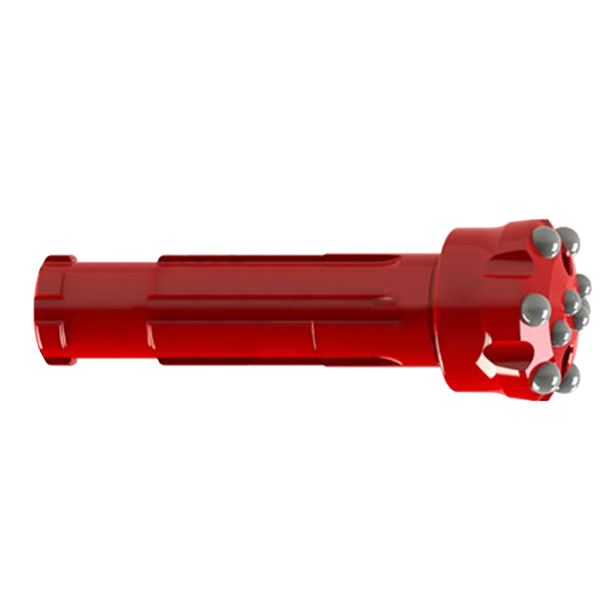
DHD Series DTH Bits(High Pressure) DHD
high pressure drill bit is mainly used in geological exploration, coal mine, water conservancy and hydropower, highway, railway, bridge, construction and construction, etc. Advanta […]
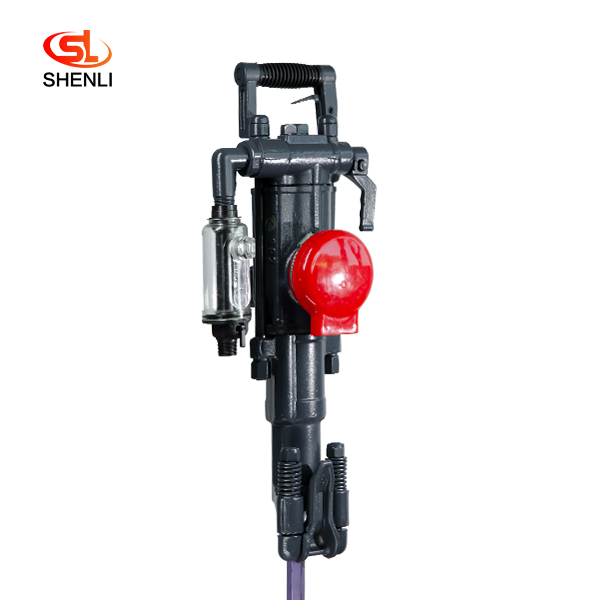
S82 Air Leg Pneumatic Rock Drill Pusher Leg Rock Dril
Model S82 air-legged rock drills are heavy-duty air-legged rock drills with high efficiency and low consumption, which are especially suitable for use in the construction of railro […]

Taper Bits
Taper bits, especially Tapered button bits are the most popular tapered drill bits with a wide selection of head diameters from 26mm to 48mm. With carbide buttons cold pressed on t […]
Post time: 2023-06-23

